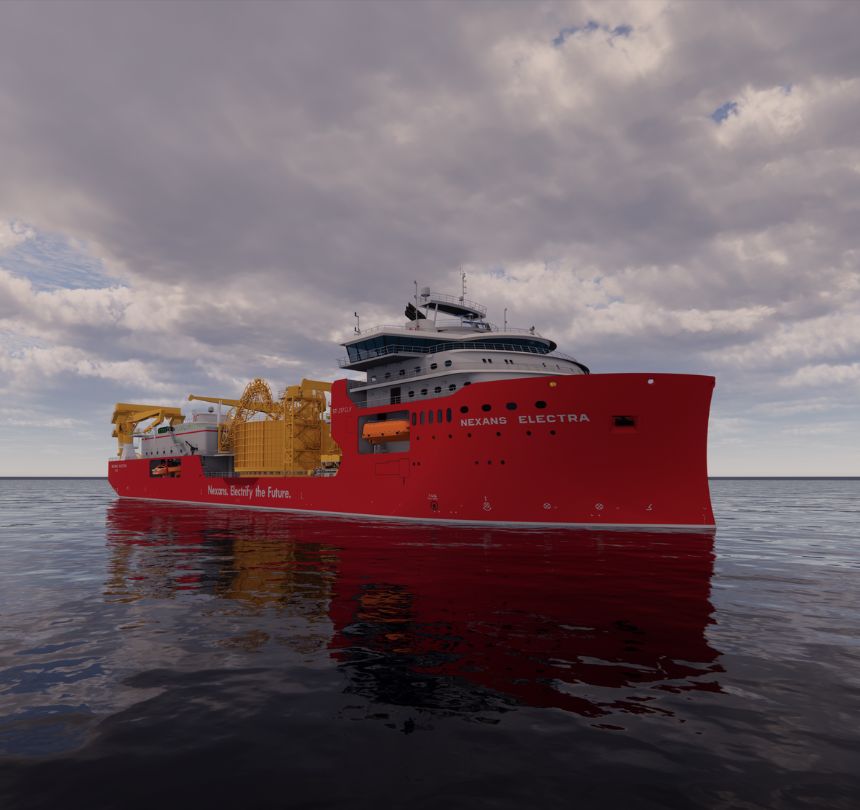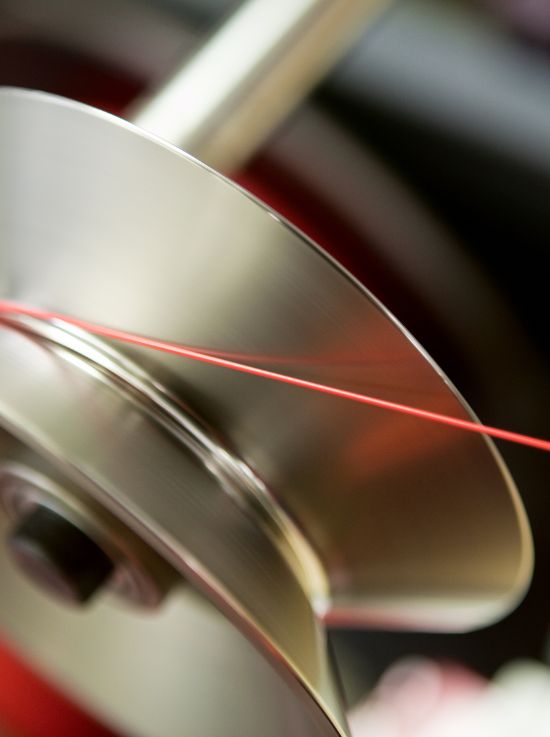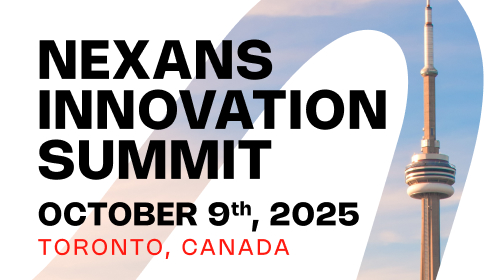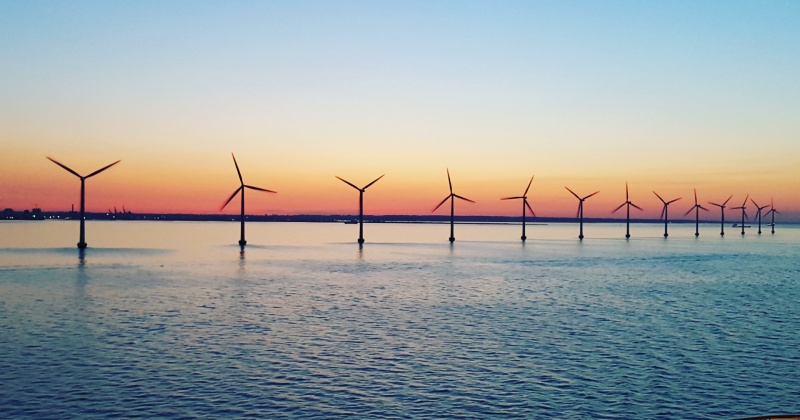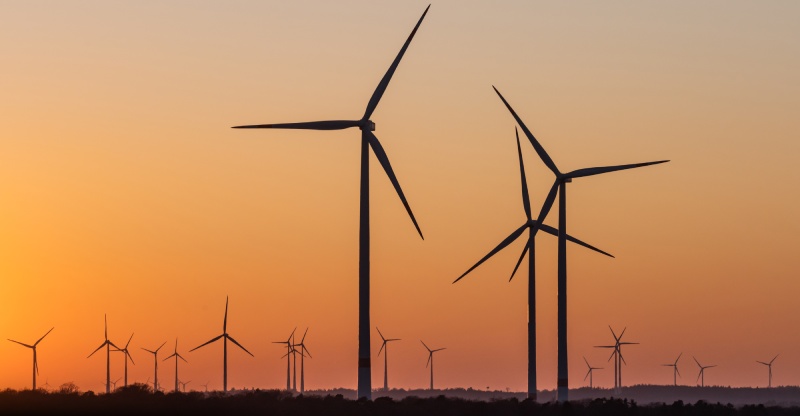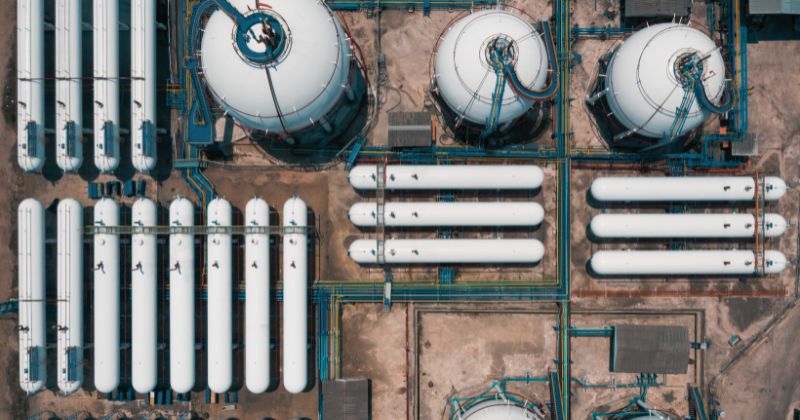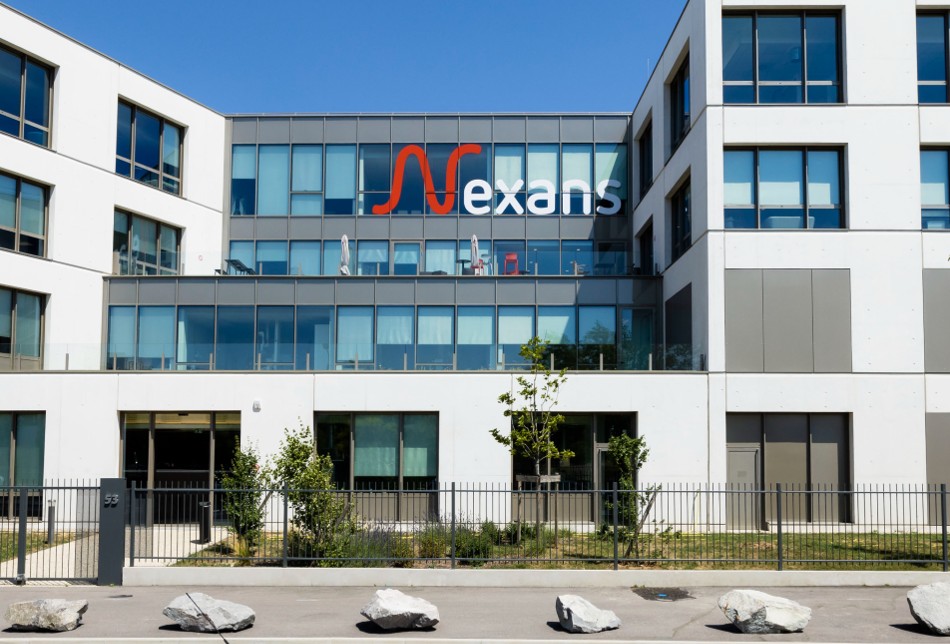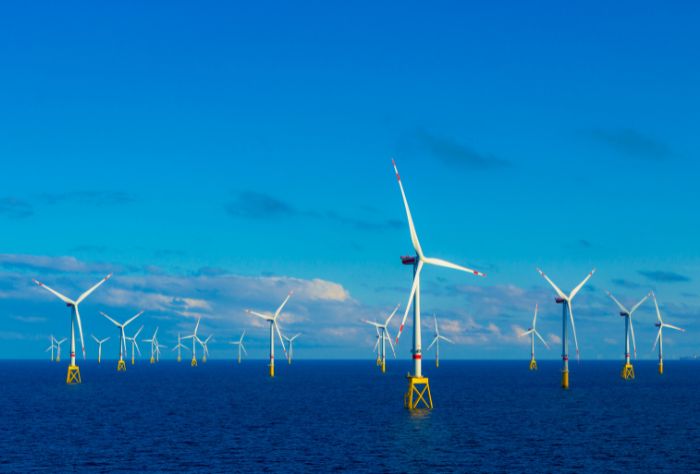Power generation
Power generation is the second link in the electrification value chain. Generating power from renewable sources contributes to the energy transition over the entire scope. However, making the necessary changes raises a wide range of challenges for energy producers.

Power generation: the key to sustainable electrification
The switch from fossil fuels to renewables is the gateway to the all-electric world. At the same time, the growing global population and the lack of electrical infrastructure in some parts of the world are also impacting electricity needs, which are set to rise by 20% by 2030 and 40% by 2040. This unprecedented increase in the demand for electricity will require electrification players to reach new levels in innovation, expertise and agility.
As a key player in electrification, we respond to the new needs of power generation operators. We are continuing to develop, supply and implement cabling solutions for a wide variety of players, and with particular emphasis on renewable energies: wind, hydro or solar.
Learn about Nexans’ activities associated with power generation
What do we mean by power generation?
By 2030, Europe wants to increase the share of renewable energies in its energy mix, improve energy efficiency and reduce greenhouse gas emissions. These are key steps in achieving carbon neutrality by 2050. Nexans therefore has a fundamental role to play, alongside the energy producers, suppliers and operators whose efforts will also be vital.
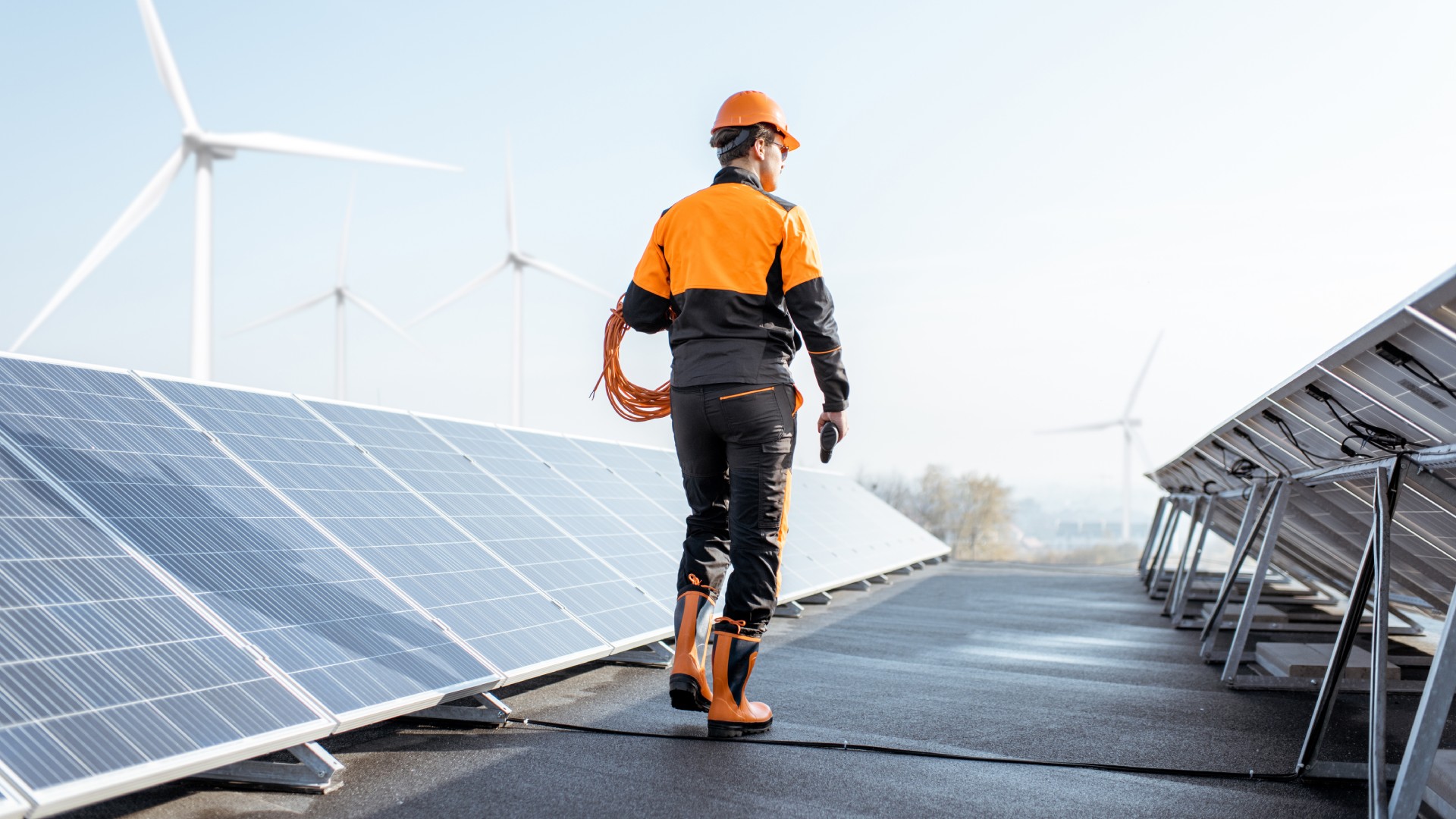
Power generation involves transforming natural resources into electricity, which is then distributed to countries, cities, public buildings and homes, to serve the population. By way of example, global electricity needs totaled 13,529 TWh in the first half of 2023 (source: Connaissance des énergies)*. To meet these needs, energy producers put together an energy mix using the energies available. Over the same period, renewable energies accounted for 30.5% of the global energy mix.
To support energy producers in transmitting huge amounts of electricity from solar, photovoltaic and wind power plants to end-customers, we provide innovative, efficient cabling systems along with advanced expertise to ensure that the process is reliable, safe and efficient. Our High Voltage (HV) and Extra High Voltage (EHV) cables use advanced technologies, including cryogenics. They can be installed both on land and at sea. With our fleet of high-tech cable-laying vessels, we are able to bury cables and also reduce our carbon footprint.
Our advanced expertise is based on decades of experience in solving complex issues relating to power generation. Nexans was already a leading cable manufacturer, so becoming a key player in the energy transition was a natural progression.
90%
of the world’s electricity should come from renewable energies such as solar and wind power of 2050
30.5%
of the electricity generated worldwide came from renewable energies in the first half of 2023
The challenges of electrification and power generation
The Paris Agreement aims to limit global warming to + 1.5°C compared to pre-industrial levels. To achieve this, most countries have pledged to achieve carbon neutrality by 2050. As a result, governments are setting new environmental standards for business, and providing subsidies to encourage innovation.
For the energy producers playing a central role in the energy transition, the challenge today is to create the right conditions for a clean, sustainable electric future. This means adopting new sources of clean energy, while also developing innovative technologies and smart power grids. Cables manufacturers have to adapt cables to equipment, particularly to the electrical characteristics of different wind turbine technologies.
At Nexans, we are working behind the scenes to help them take up this challenge, since our cables will be an essential part of the mechanism.
Nexans solutions
- Provide smaller, more powerful premium cables, for secure, sustainable installations.
- Provide logistical expertise and support throughout the energy transition.
- Recycle the copper from used cables to promote environmental initiatives and address the shortage of raw materials.
- Make a general commitment to sustainable electrification projects.
- Lead the way in showing that energy conservation drives profitability. At national level, adopting more energy-efficient practices will involve focusing on the use of local resources. This could enable us to achieve energy independence, a significant step in the fight against climate change.
Be a pure player in electrification and commit to building a more sustainable world.
Shape this electrified world with reliable, sustainable high-voltage solutions.
Develop technical solutions for storing renewable energy, notably hydrogen-based solutions.

